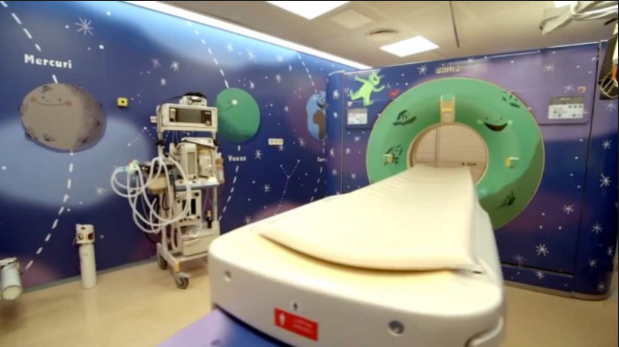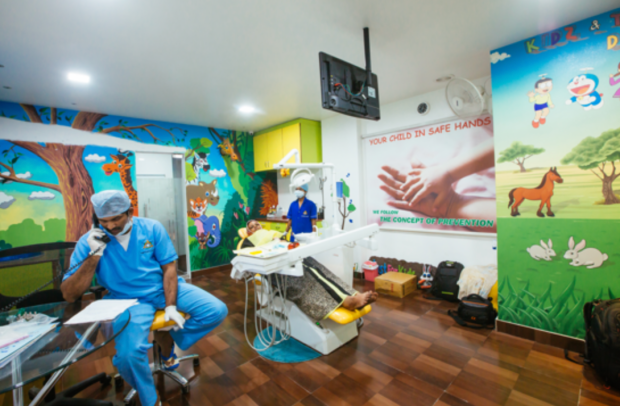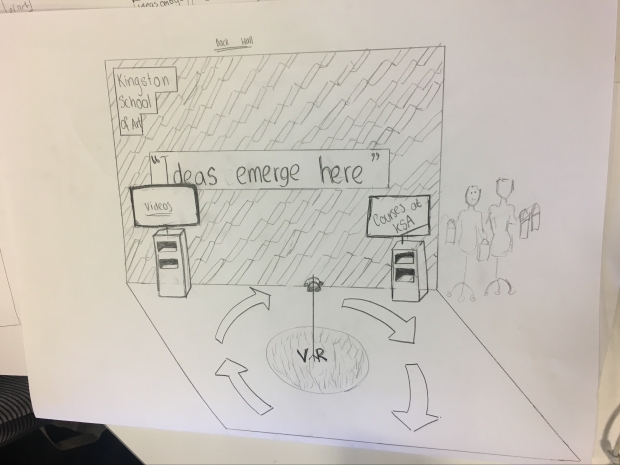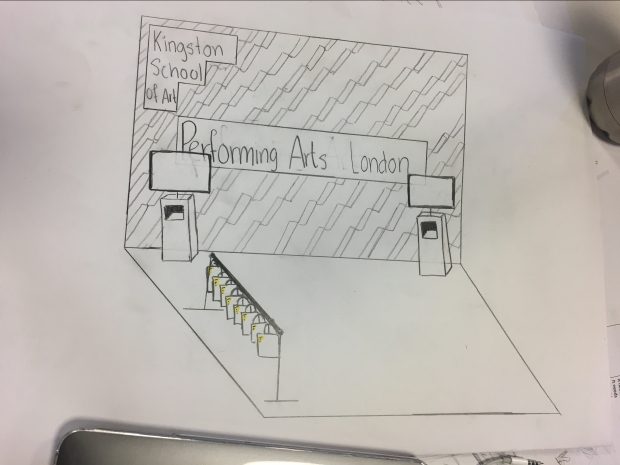The Creative Industries holds different industries within it, including:
- architecture
- advertising and marketing
- IT software and gaming
- museums and galleries
- product design
- graphics design
- fashion design
- film, TV, radio and photography
- music and performing arts
- visual arts
According to the definition, those who are “Precarious” are those whose employment status and income are in an uncertain position. It can be presumed that people who work in the creative industries are mostly precarious people, as jobs are more “freelance”. Precarious workers can also include temporary working labour, temporary agency work, service industries jobs or being self-employed. With the uncertainty in the job, quite often that people will have to move from one job to the other in order to keep the flow of income.
An example of these precarious people can be shown in a TV series, such as Dynasty. A 2017 Netflix TV soap, following two of the wealthiest families, the Carringtons and the Colbys, as they try to control and take over dynasties.
In season 1, there was a total of 22 episodes. Therefore, more than 50 people in different creative industries would be involved in the process of creating each episodes. Ranging from actors and actresses to the hair and makeup team. On the other hand, if actors, actresses, directors and co-writers who are usually high-paid are excluded, leaving script writer, extras, the computer graphic teams, bankers, the wardrobe teams, location and set teams and many more, precarious. As when the series end each season, these people will have s period of time where they do not have jobs.
Although precarious employment can benefit the employees with a flexible time frame and flexible work. However, it can cause stress to the employees due to job insecurity, in which as a consequence they may receive lower income. Despite the fact that “Precarious Employment” can give the employees uncertainty on the amount of income and position, but that doesn’t stop the precarious employment rising in todays world.
References:








